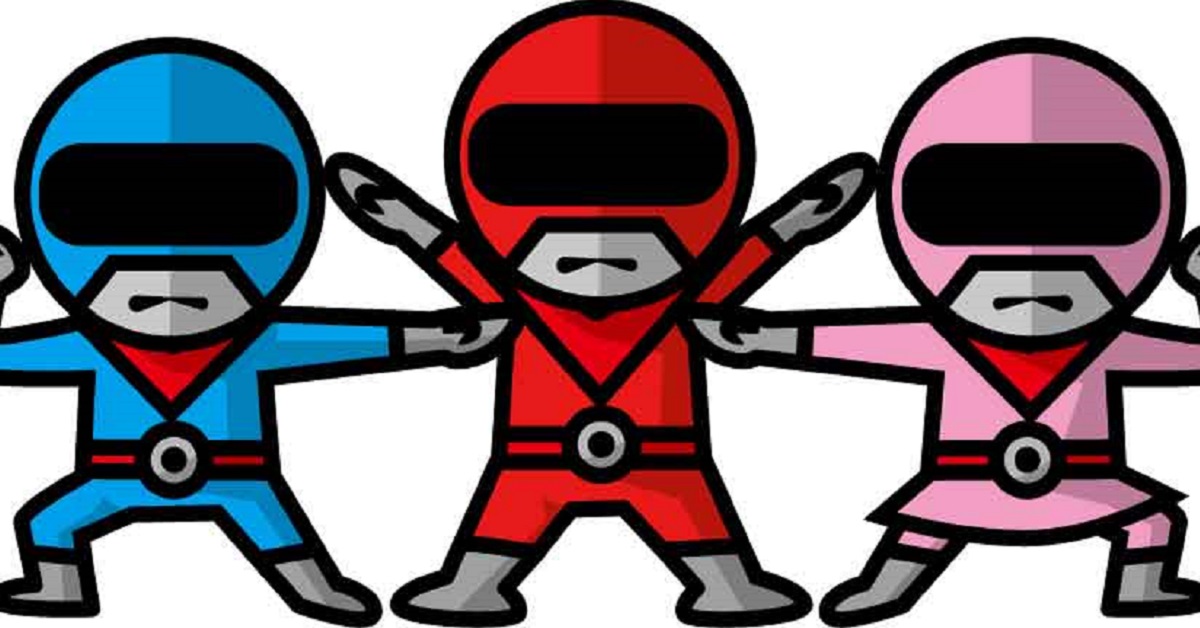Super Sentai has been on Japanese television for nearly half a century, and its appeal shows no sign of fading. It is more than just a children’s show; it is a cultural phenomenon that bridges generations. While it started as a local series, its adaptation as Power Rangers helped it spread across the globe. This article explores why Super Sentai remains so beloved in Japan and why it has also won international fans.
The Position of Super Sentai in Japan
The Super Sentai series began in 1975 and has continued for over 40 years. In Japan, it is widely recognized as a “children’s program,” but its role goes beyond mere entertainment and has become a cultural presence.
- Educational role Teaching children values such as “treasuring friendship” and “a sense of justice”
- Family time Sunday morning broadcasts often bring parents and children together
- Cultural heritage Establishing Japan’s unique “team-based hero” format
In particular, the formula of “five or more heroes fighting together as a team” is rare worldwide and is highly valued as a distinctly Japanese creative style.
Popularity Across Generations and Nostalgia
Super Sentai is a hero for children, and a nostalgic memory for adults. Parents who grew up with earlier series often watch the new ones with their children, making it a cultural bridge across generations.
| Audience | Evaluation point | Characteristics |
|---|---|---|
| Children | Admiration for heroes | Flashy action, combining robots, clear battles with villains |
| Parents | Safety and educational value | Learning cooperation and manners, no excessive violence |
| Adult fans | Nostalgia and hobby value | Collecting toys, rewatching remakes, attending events |
The ability to combine “nostalgia” and “current enjoyment” is a unique strength that sets Super Sentai apart from other children’s programs.
Cultural Evaluation in Japan
Super Sentai is seen as a symbol of Japan’s tokusatsu culture. Through its annual renewal, it has embodied the evolution of special effects, design, and storytelling.
- Testing ground for visual expression Developing miniature sets, explosions, and robot combination effects
- Connection with toy markets Transformation devices and robots became childhood staples
- Integration into local culture Hero shows and festival performances became tourism resources
Super Sentai and Its Impact on Japanese Society
| Field | Specific impact | Evaluation |
|---|---|---|
| Film industry | Progress in special effects, training young creators | Contributed to Japan’s visual culture |
| Economy | Toy and merchandise markets, event revenue | Stable business model |
| Education | Stories emphasizing teamwork and friendship | Praised for supporting moral education |
Super Sentai is recognized as “a program that simultaneously supports children’s play and learning.”
Comparison with Power Rangers
In the United States, Power Rangers was produced using Super Sentai as a base. While battle scenes came from Japanese footage, the drama segments were filmed in America.
| Item | Super Sentai (Japan) | Power Rangers (U.S.) |
|---|---|---|
| Main audience | Children and adults alike | Primarily children |
| Storytelling | Emphasis on teamwork and social themes | Simple, fast-paced plots |
| Broadcast style | New team each year | Integrated, long-term continuity |
| Cultural aspects | Japanese values, cooperation emphasized | American-style individual heroism |
This difference led to “Super Sentai being valued as cultural heritage in Japan, while Power Rangers is seen more as entertainment in the U.S.”
Shifting Themes in Super Sentai
As society changed, the themes of the series shifted as well. This reflects Japan’s evolving values and challenges across eras.
| Era | Representative titles | Main theme or message |
|---|---|---|
| 1970s–80s | Gorenger, Bioman | Courage, justice, power of science |
| 1990s | Zyuranger, Megaranger | Dinosaurs, space, dreams of adventure |
| 2000s | Gaoranger, Dekaranger | Environmental issues, diversity of justice |
| 2010s– | Kyuranger, Zenkaiger | Diversity, coexistence with others |
The series has endured for decades because it “delivers the values needed for each generation of children.”
Broader Social Impact of Super Sentai
Super Sentai has influenced Japanese society far beyond television.
- Educational role
By portraying friendship and cooperation, the series aligns well with school education and helps children grow. - Economic effects
With new releases every year, the franchise established a stable merchandise market, supporting Japan’s character business. - International recognition
Through Power Rangers, it spread globally and came to represent Japanese tokusatsu culture abroad. - Regional connections
Live shows and events across Japan support local tourism and family recreation.
Conclusion
Super Sentai is evaluated in Japan as a national program combining education and entertainment. For children, it represents an admired hero; for adults, it is a nostalgic cultural symbol. It has influenced film technology, toy industries, and even education, making its impact widespread.
Furthermore, with its adaptation into Power Rangers, Japanese tokusatsu gained a global stage.
In summary, Super Sentai is more than just a television show. It is a symbol of Japanese culture, a legacy cherished across generations, and a franchise that will continue to evolve and be loved in the future.






